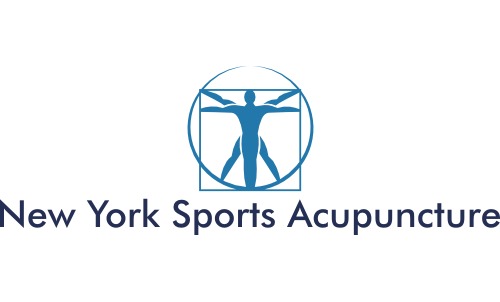Start the New Year Off Right: Get Acupuncture
It’s almost that time of year again. The time of year when everybody makes promises to themselves known as New Year’s resolutions. But how many actually keep and achieve those resolutions after January? The statistics aren’t very promising. According to Forbes.com, only about eight percent of the people who actually make New Year’s resolutions, carry them to fruition. Not too good. But there is a way to help stay on track with the resolutions. Yes, acupuncture can help with achieving the new goals we set for ourselves.
For many people, losing weight is the top New Year’s resolution. So we join a gym, start dieting, exercising and by the end of January, most have given up. Why? It’s too hard. Or is it? Acupuncture has been shown to help in many areas when it comes to losing weight. First off, it helps curb cravings. For many, this is huge. Acupuncture can also help balance hormones, which can lead people to eating more than they should and a lot of the things they shouldn’t, like sugary treats. Adding regular acupuncture treatments to proper diet and exercise can greatly increase the likelihood the weight will slowly come off, which is exactly how it should be approached.
Something else that occurs at the beginning of every year, after people join the gym, is they overdo it and then their muscles become overworked and sore. This is another area where acupuncture can help. Relieving pain and muscle spasms is the most common reason people go to see an acupuncturist. Unfortunately, it is usually after they have tried everything else without success. Why not avoid the middleman and just go straight to the source? Acupuncture is great for helping relieve pain and spasms, which will allow you to return to the gym more often, thus helping with resolution number one…losing weight.
Finally, regular acupuncture treatments can help relieve stress. After all the holiday get-togethers, the family outings, shopping, decorating and cleaning up all the mess, who isn’t stressed out? Acupuncture is a wonderful way to relax and unwind. And stress reduction is in the top five for those who actually do make resolutions. Stress is the cause of so many illnesses. And numerous studies have shown acupuncture can not only decrease stress and anxiety, but it can also lower blood pressure. For those who are on blood pressure regulating medications, this can be a great adjunctive therapy that can ultimately lead to taking less medications or even being able to stop them altogether. There are also other facets of Traditional Chinese Medicine that can help with stress relief, like tai chi or qi gong. These are both in the martial arts family but they are much more fluid and create less impact on the joints. So not only will you be able to decrease stress, but you may also notice you’re losing weight and gaining health and stamina. It’s a win-win!
So when you start gearing up for those resolutions, don’t forget to include regular acupuncture treatments. You might just be surprised how much easier it is to actually keep the resolutions and achieve your goals.
For many people, losing weight is the top New Year’s resolution. So we join a gym, start dieting, exercising and by the end of January, most have given up. Why? It’s too hard. Or is it? Acupuncture has been shown to help in many areas when it comes to losing weight. First off, it helps curb cravings. For many, this is huge. Acupuncture can also help balance hormones, which can lead people to eating more than they should and a lot of the things they shouldn’t, like sugary treats. Adding regular acupuncture treatments to proper diet and exercise can greatly increase the likelihood the weight will slowly come off, which is exactly how it should be approached.
Something else that occurs at the beginning of every year, after people join the gym, is they overdo it and then their muscles become overworked and sore. This is another area where acupuncture can help. Relieving pain and muscle spasms is the most common reason people go to see an acupuncturist. Unfortunately, it is usually after they have tried everything else without success. Why not avoid the middleman and just go straight to the source? Acupuncture is great for helping relieve pain and spasms, which will allow you to return to the gym more often, thus helping with resolution number one…losing weight.
Finally, regular acupuncture treatments can help relieve stress. After all the holiday get-togethers, the family outings, shopping, decorating and cleaning up all the mess, who isn’t stressed out? Acupuncture is a wonderful way to relax and unwind. And stress reduction is in the top five for those who actually do make resolutions. Stress is the cause of so many illnesses. And numerous studies have shown acupuncture can not only decrease stress and anxiety, but it can also lower blood pressure. For those who are on blood pressure regulating medications, this can be a great adjunctive therapy that can ultimately lead to taking less medications or even being able to stop them altogether. There are also other facets of Traditional Chinese Medicine that can help with stress relief, like tai chi or qi gong. These are both in the martial arts family but they are much more fluid and create less impact on the joints. So not only will you be able to decrease stress, but you may also notice you’re losing weight and gaining health and stamina. It’s a win-win!
So when you start gearing up for those resolutions, don’t forget to include regular acupuncture treatments. You might just be surprised how much easier it is to actually keep the resolutions and achieve your goals.
New York Sports Acupuncture
Bishara Wilson, MSTOM, L.AC.C.SMA
888.375.5444











